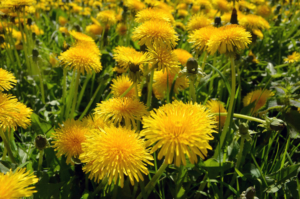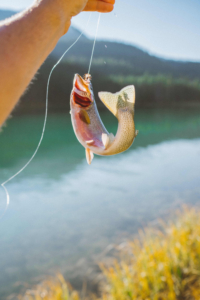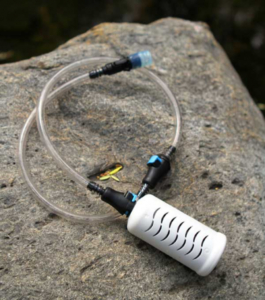Wilderness Survival Skills Part 3 of 3: Food Sourcing
Surviving in the wilderness requires not only finding shelter and water but also sourcing food. Knowing how to forage and hunt for sustenance is a helpful skill. In this article, we’ll explore various methods and specific examples to help you procure food in the wild.
Edible Plants:
Many wild plants are safe to eat, while others can be toxic. Learning to identify edible plants is essential for foraging. Some common examples include:
- Wild Berries: Blueberries, blackberries, raspberries, and strawberries. They are easy to identify and rich in nutrients.
- Dandelions: Dandelion leaves and roots are edible and can provide essential vitamins and minerals.
- Cattails: These plants offer edible shoots, roots, and pollen. The shoots are a great source of carbohydrates, while the pollen can be used as a protein-rich supplement.
Insects:
Insects are a reliable source of protein in the wild. Some safe-to-eat insects include:
- Grasshoppers: These insects are plentiful in many wilderness regions and can be roasted for a crunchy, protein-packed snack.
- Ants: Ants can be collected and consumed for their protein content.
- Earthworms: These are a good source of protein and can be found in moist soil.
- Note: I would have to be at a very low point in my survival to resort to insect consumption. (I imagine Simba in the Lion King when he moves away from Pride Rock – “slimy yet satisying”). However, I do appreciate knowing that it is technically safe to do should I ever find myself in a situation where foraging to save my life was necessary!
Fishing:
If you have access to a water source, fishing can provide a consistent food source. Techniques to catch fish include:
include:
- Improvised Fishing Gear: Craft a fishing pole using a long, flexible branch, fishing line, and hooks made from thorns or bone.
- Traps: Construct fish traps using rocks to create a barrier, forcing fish into a confined area for easy catching.
- Consider putting basic supplies in your emergency kit or pack: fishing line and a hook.
- Do not forget to pack your patience!
Small Game Hunting:
Hunting small game animals is a valuable survival skill. Common animals to hunt include:
- Squirrels: Use a sling or improvised bow and arrow for hunting squirrels (or rabbits).
- Birds: Birds can be snared using simple traps or hunted with a slingshot.
Trapping:
Setting traps can provide a passive way to secure food. Examples include:
- Deadfall Traps: These are heavy objects that crush the prey when triggered (ex: bumping the stick and the rock pile falls)
- Snare Traps: Create snares with loops of cordage to catch animals as they pass through. (My son and his friend did this with a rope over a gopher hole in our campsite this past year, and I kid you not, it actually worked!)
- Pitfall Traps: Dig a hole and cover with foliage. The concept is the animal would fall into the hole.
Water Purification:
- Always purify water before consuming it to prevent waterborne illnesses:
- Boil water for at least 5 minutes to kill harmful microorganisms.
- Use water purification tablets or drops to chemically treat the water.
- Carry a LifeStraw or an XStream Straw
Cooking:
Should you find yourself in the wilderness by choice, cooking food with a JetBoil or Kelly Kettle are excellent food sources. Be sure to have matches (and other applicable camping gear, like a knife) to more easily cook. Also, consider premade meal pouches and bars or snacks to avoid the need to forage for those bugs and other food sources.
In a wilderness survival scenario, knowing how to source food is important for your well-being. Remember to always be cautious when foraging and hunting, as misidentification or improper preparation can lead to illness. Consider reading books on food sources in your area, plant identification books, or other resources to educate yourself. With practice and knowledge, you can become proficient in sourcing food in the wild and increase your chances of surviving in challenging situations.








